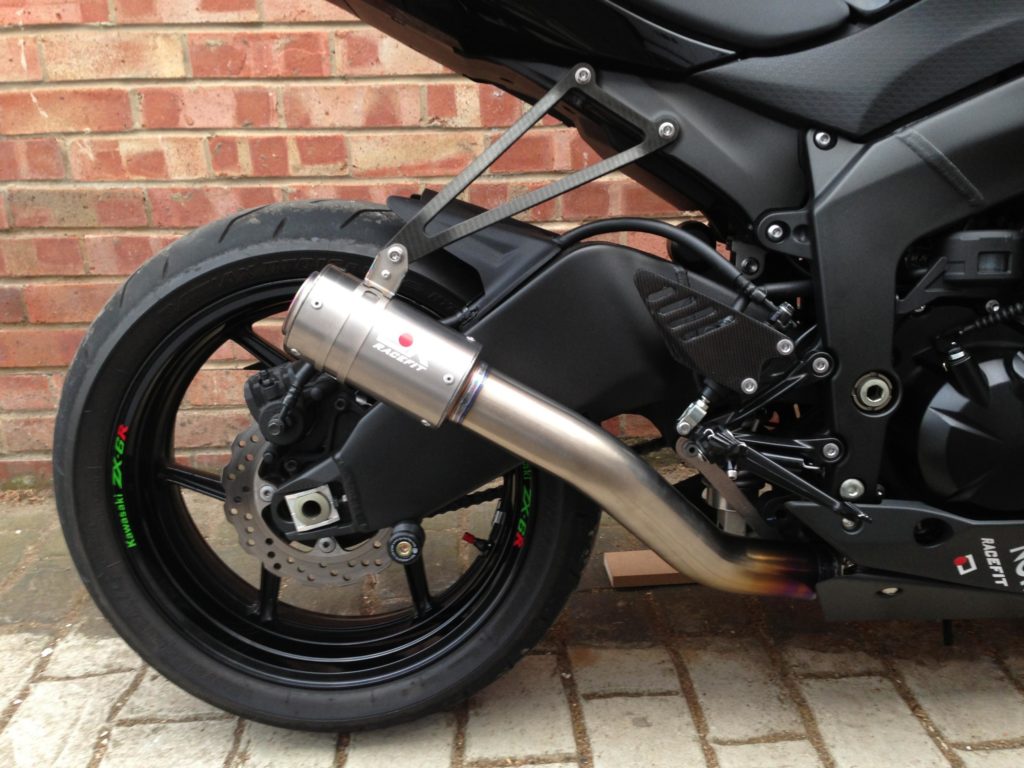Metal fabrication involves building of metal configurations by either assembling processes, cutting and bending. The process always begins with drawings of precise measurements, then transition to fabrication which is finalized with the project installation. Processes involved in fabrication include:

Assembling– this entails joining of metal parts and pieces by the use of welding, riveting, binding with the help of adhesives or threaded fastness.
Bending– it involves taking advantage of the flexibility of a metal using hammering either powered or manual. Tools such as press brakes are utilized for the process.
Cutting– the process is done by shearing, chiseling and sawing also through manual and powered techniques.
Facts about titanium
Titanium is the 22nd element in the periodic table and got its name from the great Titans due to its strength. Its atomic symbol is Ti. Most igneous rocks contain titanium which is a transitional metal meaning it can form bonds with one or more energy levels. Applications of etched titanium parts are quite many, some include:
- Space craft metal parts are made of titanium to bar it from radiation as well as harsh space environment.
- Jet engines
- Orthopedic implants
- Medical instruments
- Missiles
- Sporting equipment such as tennis rackets or motorcycles
- Tanks
- Body piercings
- Chemical process vessels
Titanium alloys
Alloys of titanium are grouped with grades. These include:
Titanium grade 1-4
Commercially, this alloy is considered to be pure and is used for resisting corrosion. Coastal areas where humidity cause rusting of metals used for roofing, car auto bodies and industrial equipment can benefit from this metal. Advantages of this alloy include:
- Ease and affordability of corrosion assistance
- Affordability and ease to conduct welding
Titanium grade 5
Most commonly used alloy include; Ti-6-4, Ti6AI4V and Ti-6AL-4V. Uses are:
- Medical and chemical manufacturing
- Stronger than Titanium grade 2 and offers resistance to very high temperatures
- For aerospace etching titanium parts used in its manufacturing
Titanium grade 9
Example is the Ti-3AL-2.5V. This grade features high tensile strength than the grade 2 at high and room temperatures. Titanium grade 9 is more wieldable than its grade 5 counterpart.
Machining processes
Titanium is a very strong metal and can be machined through:
- Surface grinding
- Drilling
- Milling
- Threating and tapping
- Counter boring
- Counter sinking
- Bending
- Shearing
Advantages of etching titanium parts
Corrosion resistant
Titanium is a highly resistant material that does not corrode like other ferric metals. In coastal regions etching titanium parts can be the best alternative for industries as they can withstand rusting.
Strength to weight ratio
This metal has strength to weight ratio that is high compared to other metals such as aluminium which is twice as heavy.
No tarnishing at room temperature
While some metal parts may tarnish at normal temperature, etching titanium parts do not. This is an advantage because the tools, electronics and
Ductility
Titanium can be stretched into wires which are good conductors. This ability enables it to be used in applications such as power generation and architecture.
Impact toughness
This tough metal is not only strong but can also withstand impact by harsh conditions like radiation. For this reason it is used in aerospace crafts.
